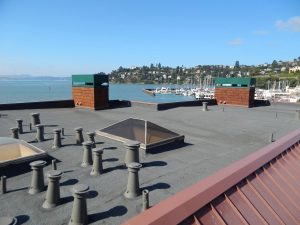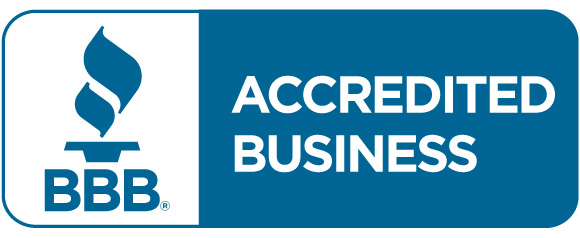Residential Roofing: Is a Flat Roof Right for your Home?
Why Should You Consider A Flat Roof?

If you’re building a home, the type of roof is one of the most significant choices you face. Tied in with the overall architectural design of the building, the roof must fit with the climate, the landscape or neighborhood, and potentially also with additional purposes it can serve.
Of all the types of residential roofing, a flat roof is hardly the most likely to be featured in a child’s drawing of a house. It doesn’t fit the prototype. Yet flat roofs are not uncommon on single residences in coastal California, where snow load is not a problem and horizontal architectural lines often make a good fit with open landscapes and rolling hills. A “flat” roof isn’t actually flat—it’s carefully sloped more than one degree to allow drainage—but visually, it appears so. Frank Lloyd Wright, Le Corbusier, and Philip Johnson were influential architects advancing flat rooflines. And flat roofs have practical advantages as well as aesthetic ones.
A flat roof lends itself to additional uses:
Rooftop terrace. Additional living space on the roof can be a delight, whether for a place to enjoy some sunlight on mild winter days or for summer evenings under the stars. In an urban home with no yard, a rooftop terrace extends the usable area of the dwelling and can become a garden retreat.
Living roof. This is a specialty type of roof, with all or most of the surface covered in a growing medium at least one inch thick, planted with vegetation. Green roofs are long-lasting and extremely energy-efficient because of their insulating properties.
Solar panels. In addition to saving on utility bills, solar panels shield the roofing materials, adding to their longevity. Attractive new designs and tax credits are making solar installations extremely popular.
Daylighting. Skylight and Solar Tube installations are a natural fit with flat roofs.
[See Also: Skylights—More Than Just A Luxury]
The cheapest and most popular flat-roof type is the heavy “built-up roof” of layers of waterproofing, hot tar, and gravel. Installation of this type requires a roofing contractor, and a scrupulous one; done right, it will last a quarter of a century, but if the flashing work is shoddy, the roof will leak. At the other extreme of flat roofing options is the rubber-membrane or EPDM (ethylene propylene diene monomer rubber) roof, which is more expensive per square foot, but also lightweight and easy to install.
Ready For A Quote Or Need More Information?
Whatever the type of roof, choose a Bay Area roofing contractor you can trust to maintain it and secure the comfort, value, and appearance of your home. Ben’s Roofing serves the roofing needs of the Bay Area with honesty, integrity, and 25 years of expertise. Contact us today by calling (510) 690-8563 or use the contact form at right to discuss how we can help you install and maintain your roof.



